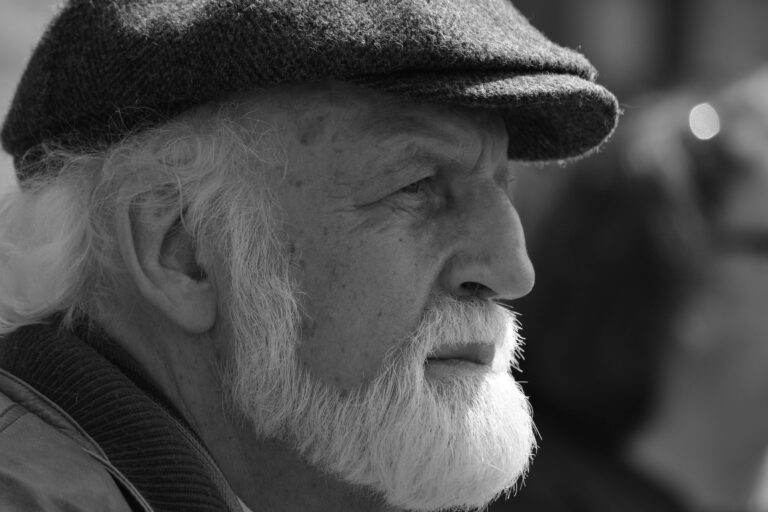
Growth in the digital twins sector is astounding. The market, which was valued at $4 billion, is projected to be $45 billion in just a few years and its time has well and truly come – and now it’s time to think about digital twins on an urban scale.
Success of digital twins (virtual replicas of physical devices used by data scientists and IT professionals to run simulations before actual devices are built and deployed) in the manufacturing industry in particular has helped propel the deployment of the technology across other sectors, including the building industry where CityZenith focuses. There has been a lot of work in the manufacturing sector for the best part of 10 years which is now being translated across multiple other sectors. The convergence of technology and technology standards has also helped, as well as the awareness that there exists massive amounts of data which is unstructured and unused.
Digital twins and artificial intelligence (AI) combine to provide a way to use big data. Both of those are not synonymous but they’re interrelated. AI is the software behind the using of the data, inside the twin to predict outcomes, using various methodologies.

Digital twins are basically a farm, or a library of sorts, for artificial intelligence applications so they structure all that complex data in one format, or environment. It then becomes easy to build AI-based apps to draw upon this giant library of data. And because there is so much and so many types of data, the AI solutions which can be derived are more varied, more sophisticated and more accurate. So one enables the other and this combination can help lead the drive towards Net Zero or carbon neutrality.
With climate change being such a major global agenda right now and cities producing 75% of the world’s carbon emissions, suddenly cities and their carbon emissions become a focus. The need for cities to develop ways to go Net Zero, which is very complicated but also very doable, now has become an imperative and digital twins is seen as an organising framework for that decarbonisation agenda. I believe that digital twins will be the best way as they’re inherently good at dealing with massive complexity and then typifying for multiple collaborators in visual terms. They also can run incredible simulations at scale unlike other techs underneath digital twins. Ideally, you would want to see organisations like C40 Cities Climate Leadership Group and the UN Global Compact of Paris and others pushing the need for a global digital twin platform for the world’s major cities. If you take the top 100 cities, you’re solving two-thirds of the world’s problems by taking into account those cities alone and the world has more than 10,000 cities overall.
That’s why CityZenith has launched the ‘Clean Cities – Clean Future’ campaign. The purpose is to leave cities with a bold climate resilience agenda. Some 40-70% of carbon emissions in any given city today come from buildings and infrastructure and we want to showcase the technology and what it can do, and specifically the application of helping these cities decarbonise buildings and infrastructure. For every million dollars we raise, we will give away one more city model and within the year we will announce all 10 cities ideally. We will be a common forum where we will bring stakeholders together to test solutions and the goal will be to create the use of digital twins to help building owners and give them access to the tools and the projects they need to assess their carbon footprint and determine the likely best path to carbon neutrality.
To break it down: part of it is just an assessment which the Twin can do itself, based on basic geometry and input about the building and its consumption. Another part is to actually expose the building owners to a network of service providers who can actually go on and do that work. Third, is exposing them to carbon offset markets to buy carbon credits to offset the remaining dependence on fossil fuels. That’s the thesis and we’re going to test the thesis across multiple cities. We’ll be working with city networks, cities themselves, private companies too, keeping things controlled but with enough elements involved that we get to a robust conclusion.

Everyone knows we need to reduce carbon emissions by 2050, and I hope this effort will demonstrate the clear need for a platform – and demonstrate that one already exists which can scale. As a company, we then hope that becomes the head of the trojan horse which ultimately allows cities to adopt this tech at scale. An outcome of “we brought it indoors to fix our climate problem, but now we use it for everything” would be ideal.
There are other use cases, such as emergency services. For example, if the fire department had a digital twin of the entire city, with 3D models of every building with floor plans attached, they could plan in advance their attack strategy based on that information. You also have security, risk and threat assessment; access and egress assessment; event planning. Every city has major sports events and arenas, and a need for getting people in and out safely. All this could be done using IoT; using this technology with the right integration has some incredible possibilities.
Ultimately, though, what will drive change is concrete examples of success. In the smart city sector, there are all kinds of slogans and promises and not so many concrete examples of executed change with measurable results.
What will really make this fly is the money – explaining how the money works and pooling the wisdom of these cities around their more successful incentive programs. What may work for one city may or may not work for another city, for a variety of reasons, but if there was a menu of financial solutions which made it viable for commercial building owners to do this, then it would make more sense. Our goal is to go out there and get real answers and then promote it.

Michael Jansen
Michael Jansen, CEO of CityZenith, is a global leader in the 5D smart cities and digital twins sector. Back in 2009, his vision was to create a single common platform to help large-scale building projects be successful by leveraging data. Now his company is using AI-powered software to enable zero-emission buildings, with a mission to drive change globally.



